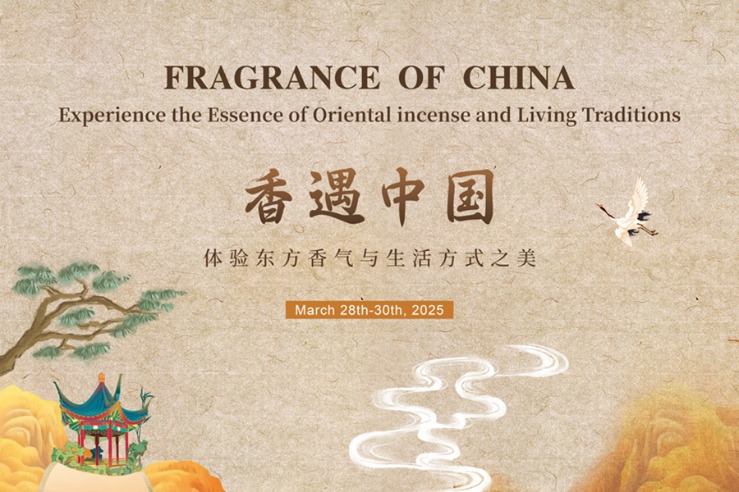Accessible documentary explores China before China


This period saw the flourishing of the Hongshan Culture, located in the West Liaohe River basin in today's Northeast China; the Dawenkou Culture, mainly in today's Shandong province, and the Miaodigou Culture in the Central Plains region — both representatives along the Yellow River — as well as the Daxi, Lingjiatan and Songze cultures of the Yangtze River basin, among others.
The spread of painted Miaodigou pottery, with both concrete and abstract artistic expression, and the similarities in the shape and ritual use of jade among these different cultures, suggest that the upper-class members of these societies enjoyed frequent interaction and exchanges.
These regional cultures, often dubbed "stars shining all over the sky" by Chinese archaeologists, developed in parallel, each with their own strengths, cultivating diversity in Chinese civilization, while building potential for future integration.
Slightly later, the 5,000-year-old archaeological sites, such as Liangzhu, Qujialing and Shijiahe in Hubei province, ushered in an era of ancient states, which were either bonded by beliefs, ritual practices or the secular wisdom of governance.
They flourished before the Central Plains and northern cultures, such as Taosi, in today's Shanxi, and Shimao in today's Shaanxi province and, finally, Erlitou in today's Henan province, rose around 3,800 to 3,500 years ago, took the lead and became China's earliest dynastic state.
Features
 Cultural Exchanges
Fragrance of China blooms in Nepal
Cultural Exchanges
Fragrance of China blooms in Nepal
 Cultural Creative Products
New cultural creations from Shenyang Imperial Palace Museum
Cultural Creative Products
New cultural creations from Shenyang Imperial Palace Museum


